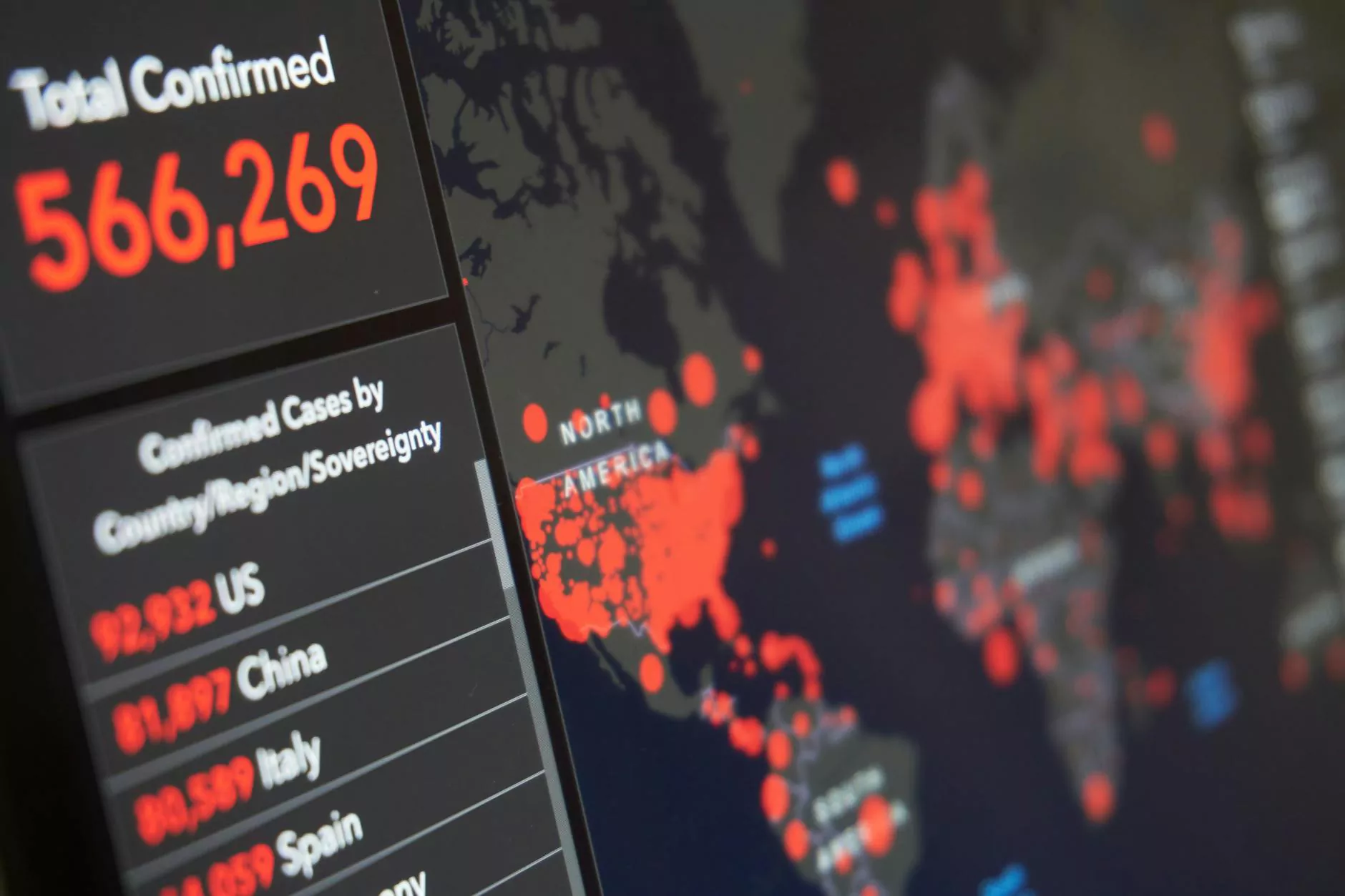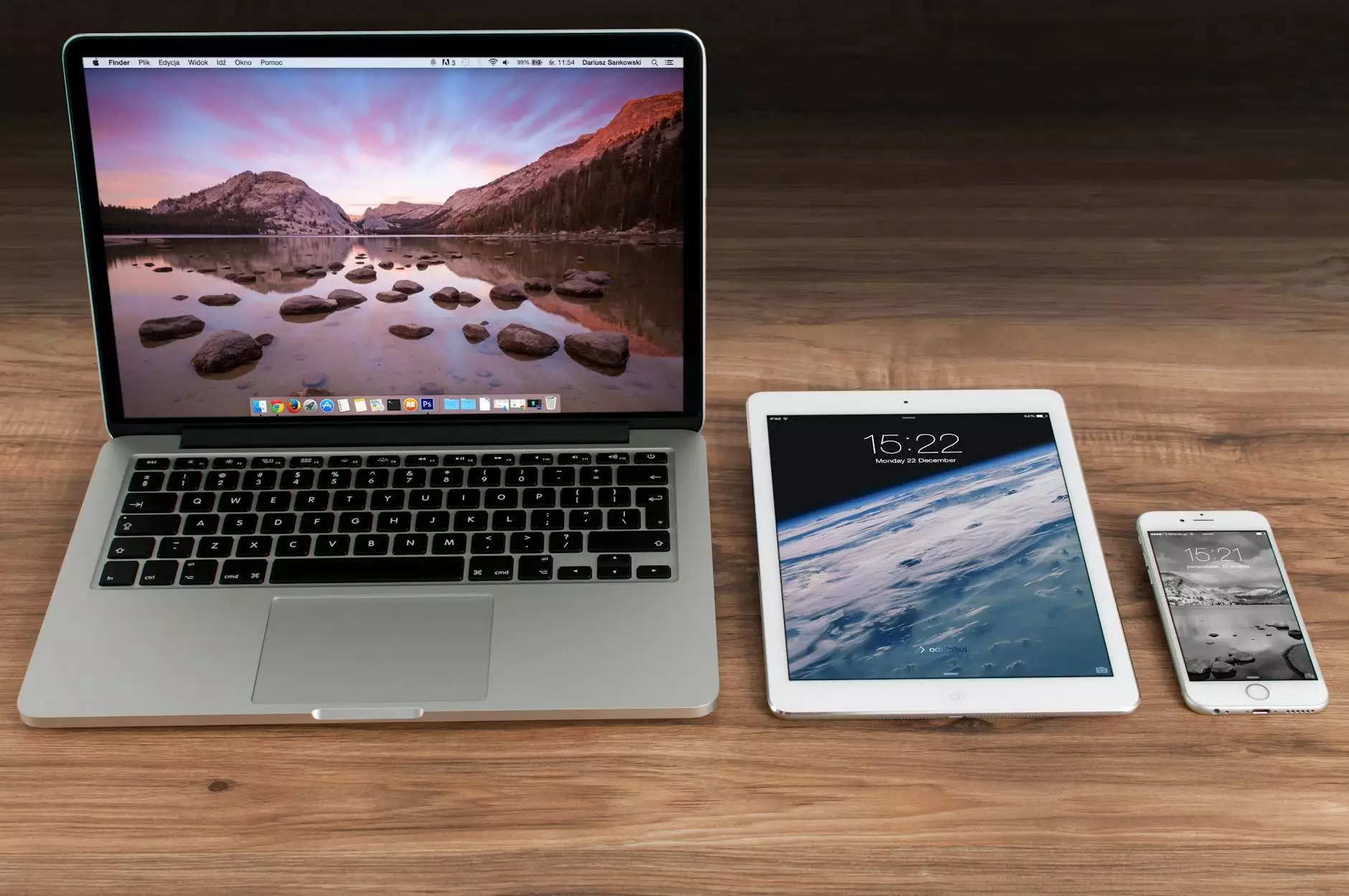Offset Printing vs Digital Printing: Which is Right?

Introduction
Welcome to the informative guide on offset printing and digital printing. In today's competitive business landscape, choosing the right printing method is crucial for success. Whether you are a business owner, marketer, or designer, understanding the differences between offset printing and digital printing can help you make an informed decision that aligns with your goals. At Premio Solutions, we specialize in providing high-quality website development services in the Business and Consumer Services category, and we understand the importance of using the right printing technique.
The Basics: Offset Printing
Offset printing, also known as lithography, has been a popular choice for traditional printing needs for many years. This technique involves transferring an inked image from a plate to a rubber blanket, which then applies the image onto the printing surface. Offset printing offers exceptional color accuracy and precise image reproduction, making it ideal for projects that demand high-quality results.
One of the key advantages of offset printing is its ability to handle large quantities effectively. This method excels in handling high-volume printing jobs, making it cost-effective for bulk orders. Additionally, offset printing allows for a wide range of paper selections and finishes, providing flexibility in creating visually appealing printed materials.
The Advancements: Digital Printing
With technological advancements, digital printing has rapidly gained popularity in recent years. Digital printing eliminates the need for printing plates, as images are directly transferred to the printing surface using specialized printers. This method offers quick turnaround times and is suitable for small to medium print runs.
The main advantage of digital printing is its superior flexibility and customization options. It allows for variable data printing, where each printed piece can be personalized, enabling targeted advertising and direct marketing campaigns. Digital printing also offers shorter setup times and minimal waste, making it cost-effective for smaller print quantities.
Key Differences
Now that we have explored the basics of offset printing and digital printing, let's dive deeper into the key differences between these two methods:
Cost Efficiency:
For large print runs, offset printing tends to be more cost-effective due to the efficiency of the process. However, for smaller quantities or projects that require frequent content changes, digital printing offers a more economical solution.
Print Quality:
Offset printing provides superb print quality, especially when it comes to color accuracy and sharpness. The use of Pantone colors and special inks enhances the overall visual appeal of printed materials. On the other hand, while digital printing has greatly improved in recent years, offset printing still maintains an edge in terms of finer details and overall print quality.
Turnaround Time:
When it comes to turnaround time, digital printing takes the lead. Since there are no printing plates involved, the setup process is faster, allowing for quicker production. Offset printing may require additional time for plate creation and setup, making it a better choice for projects with longer lead times.
Flexibility and Customization:
If you require personalized printing or variable data printing, digital printing is the way to go. It enables you to customize each printed piece with different text and images, providing a more tailored approach for marketing materials or direct mail campaigns. Offset printing, although limited in customization options, excels in reproducing intricate designs and artworks.
Specialty Finishes:
If your project requires specialty finishes such as embossing, foiling, or spot UV coatings, offset printing offers more capabilities in this aspect. The precise ink application and wide paper selection allow for a variety of finishes that can enhance the tactile and visual experience of your printed materials.
Which Printing Method is Right for You?
Deciding between offset printing and digital printing ultimately depends on your specific needs and project requirements. Here are a few factors to consider:
1. Print Quantity: If you need a large quantity of printed materials, especially for recurring orders, offset printing is the cost-effective choice.
2. Budget: If you have budget constraints and require small to medium print runs, digital printing offers a more flexible and economical option.
3. Customization: If personalization and variable data printing are crucial for your project, digital printing provides unmatched flexibility.
4. Print Quality: If you prioritize exceptional print quality for detailed designs, offset printing will deliver superior results.
At Premio Solutions, we understand the importance of selecting the right printing method for your specific needs. Our team of experts can guide you through the decision-making process and provide high-quality printing services that meet your expectations.
Conclusion
Offset printing and digital printing each have their own unique advantages and are suitable for different scenarios. Ultimately, the choice between these two methods depends on factors such as print quantity, budget, customization requirements, and desired print quality. At Premio Solutions, we offer comprehensive website development services for businesses in the Business and Consumer Services category, ensuring that our clients have access to the right printing solutions for their projects. Contact us today to discover how our expertise can benefit your business!










